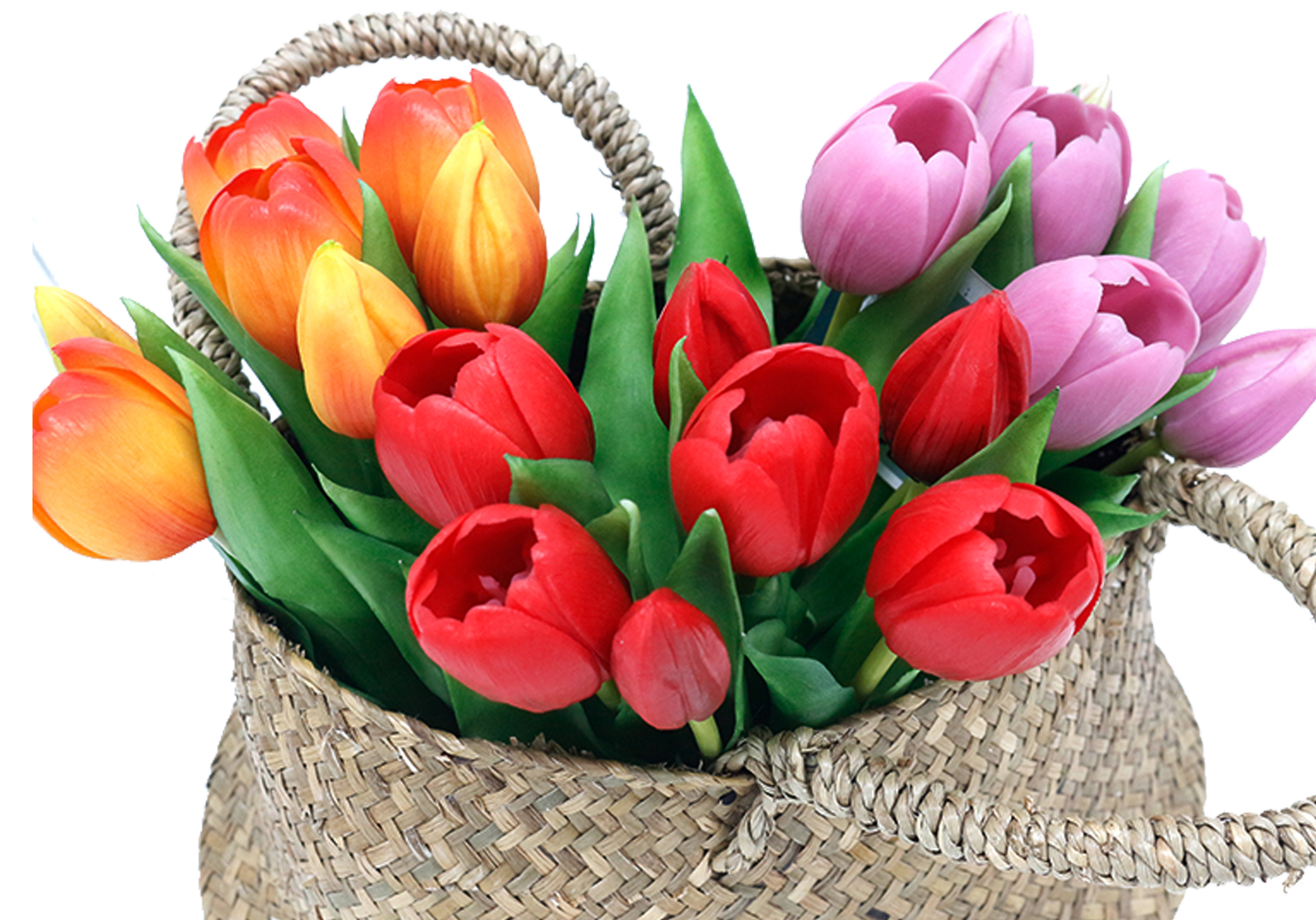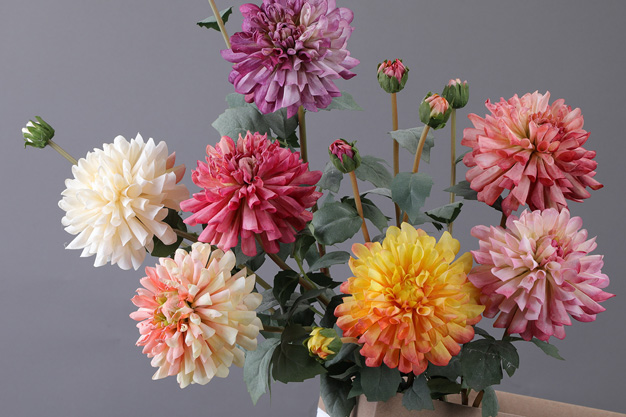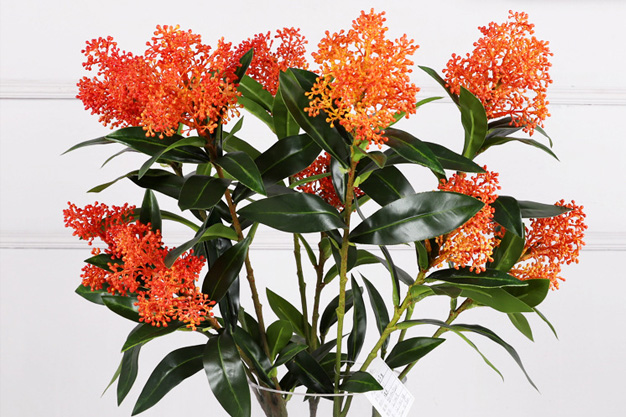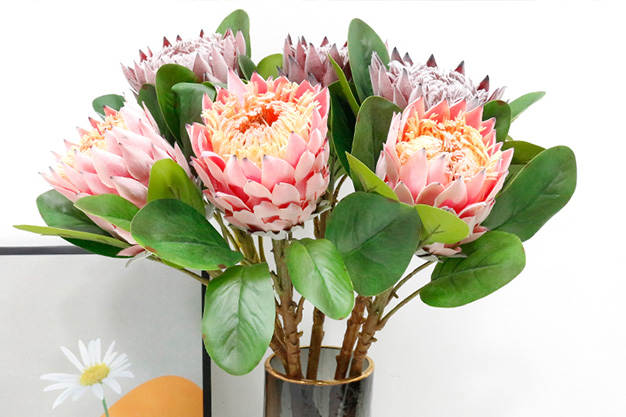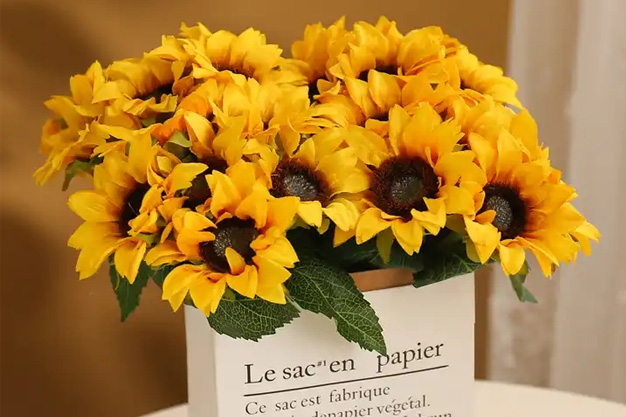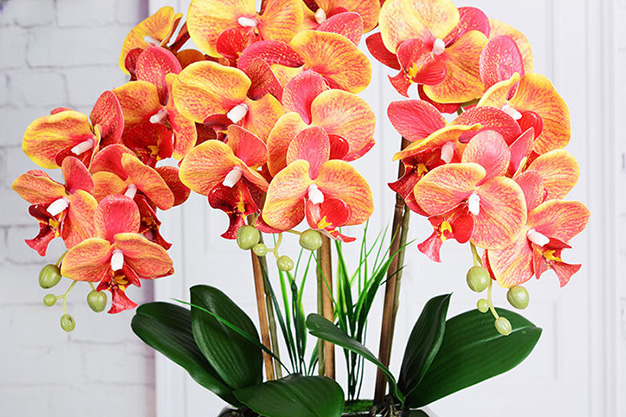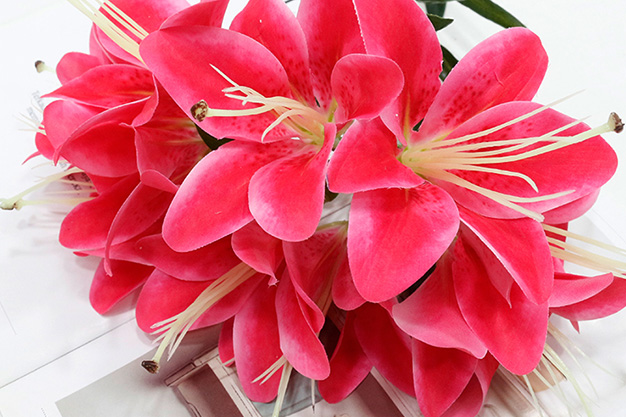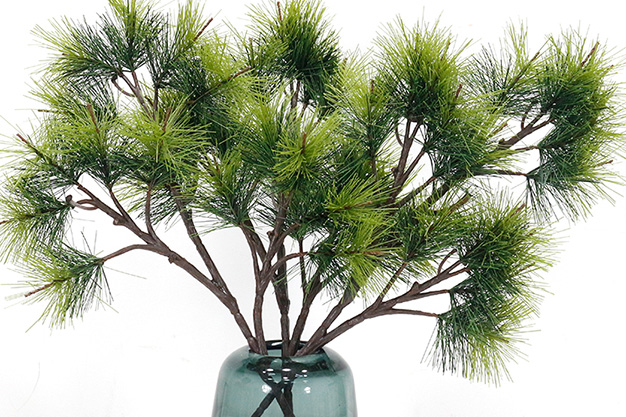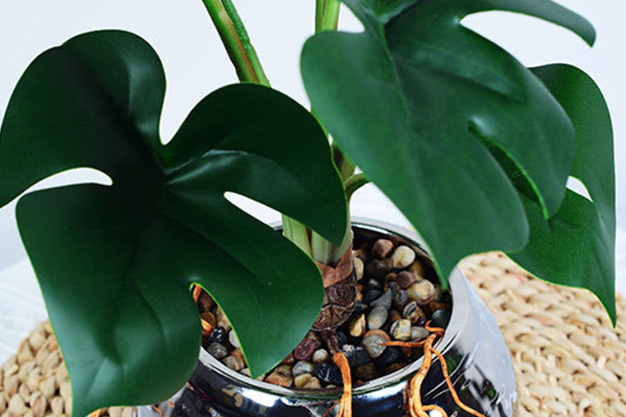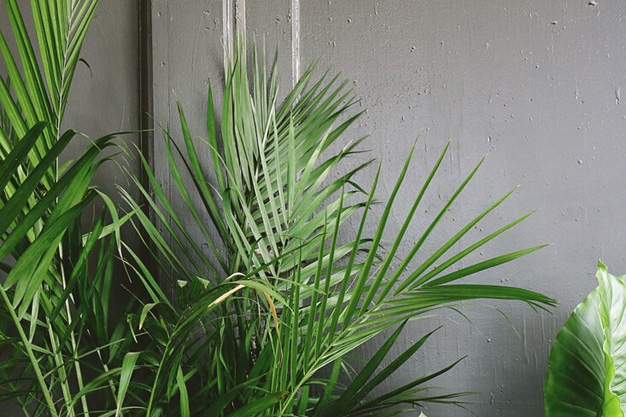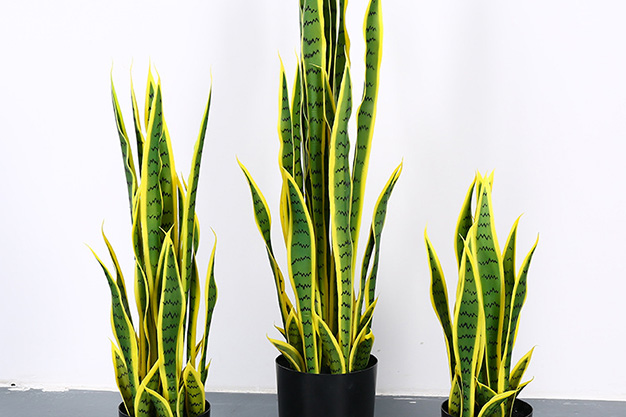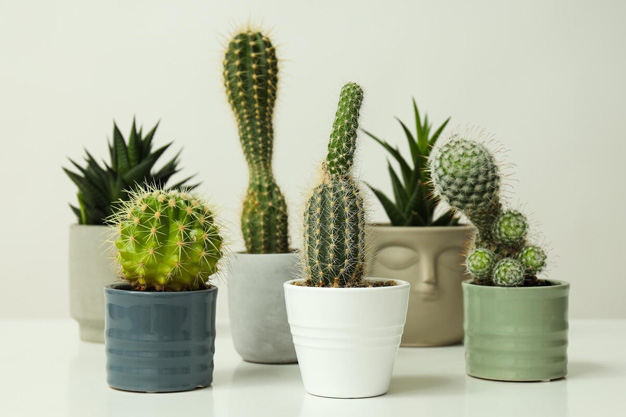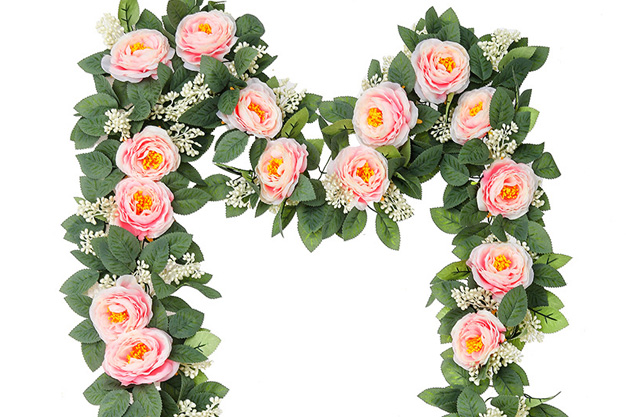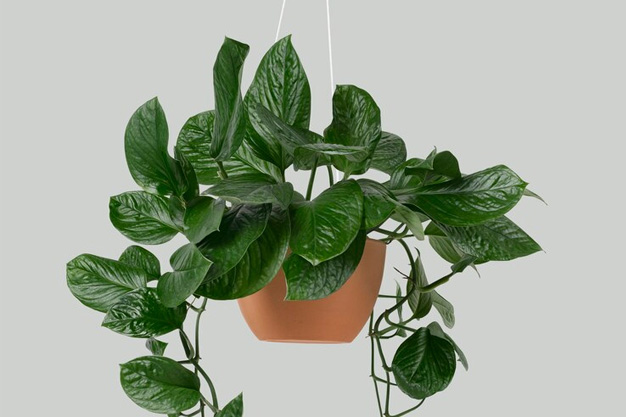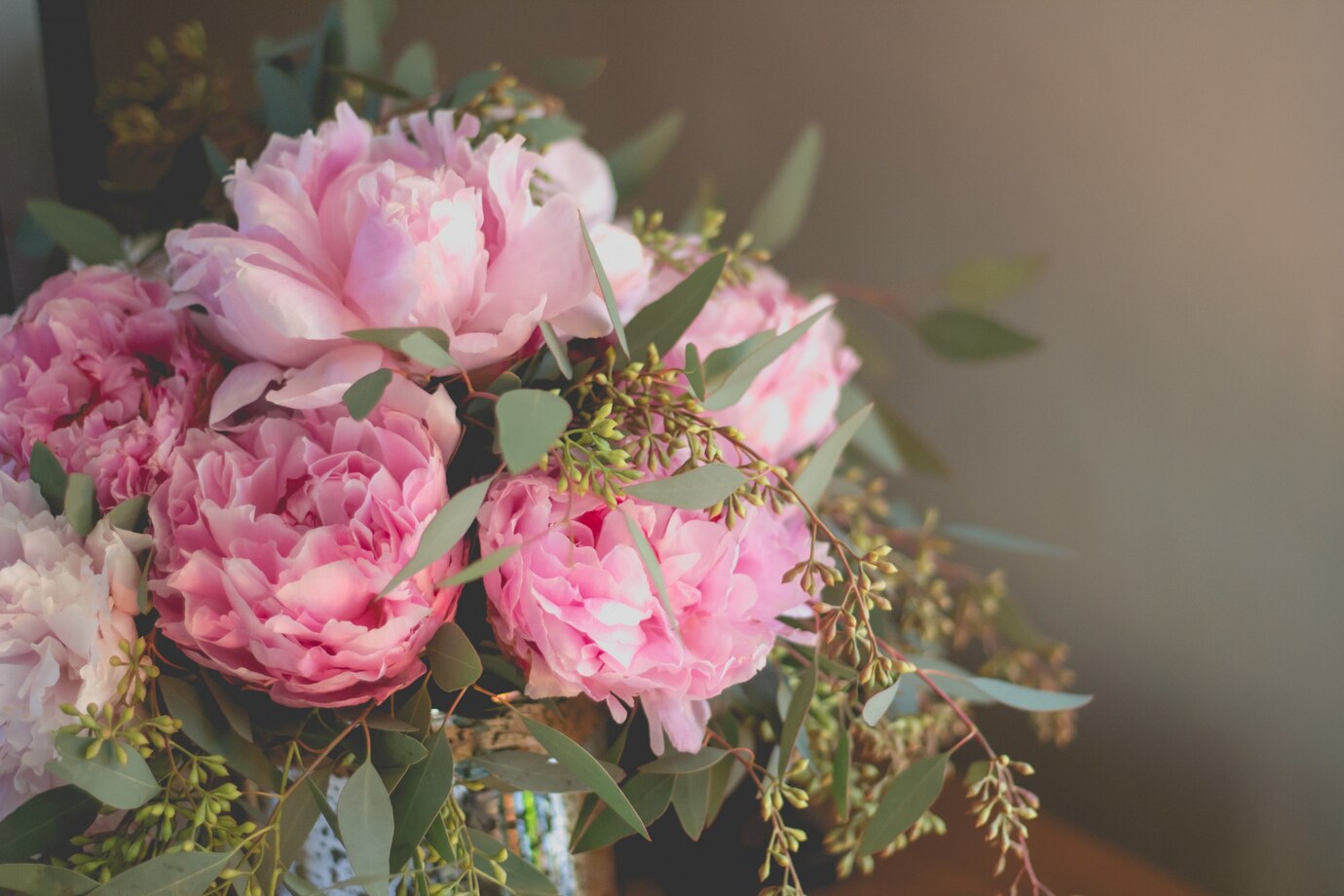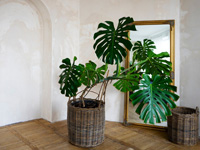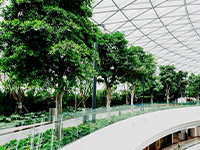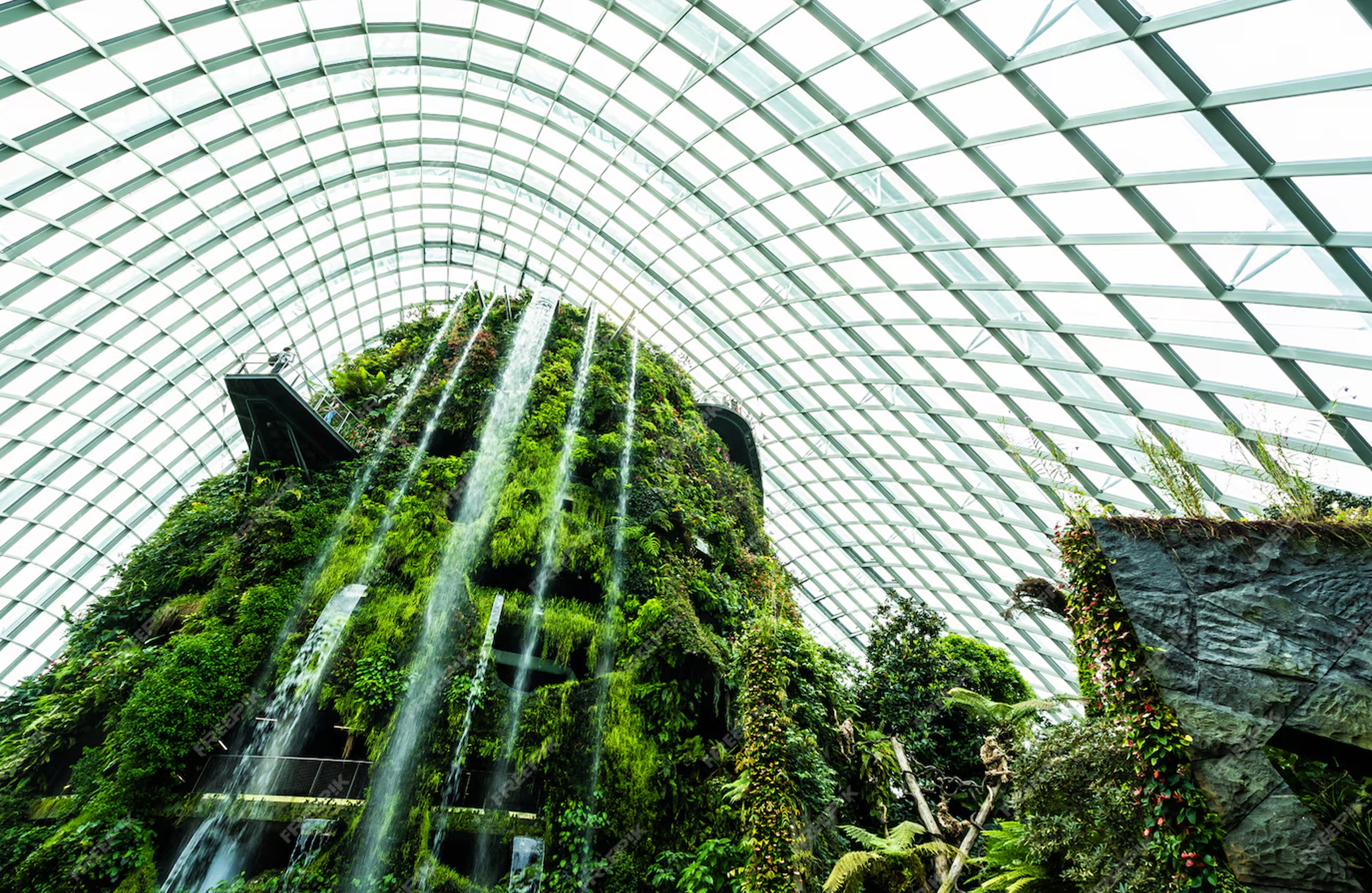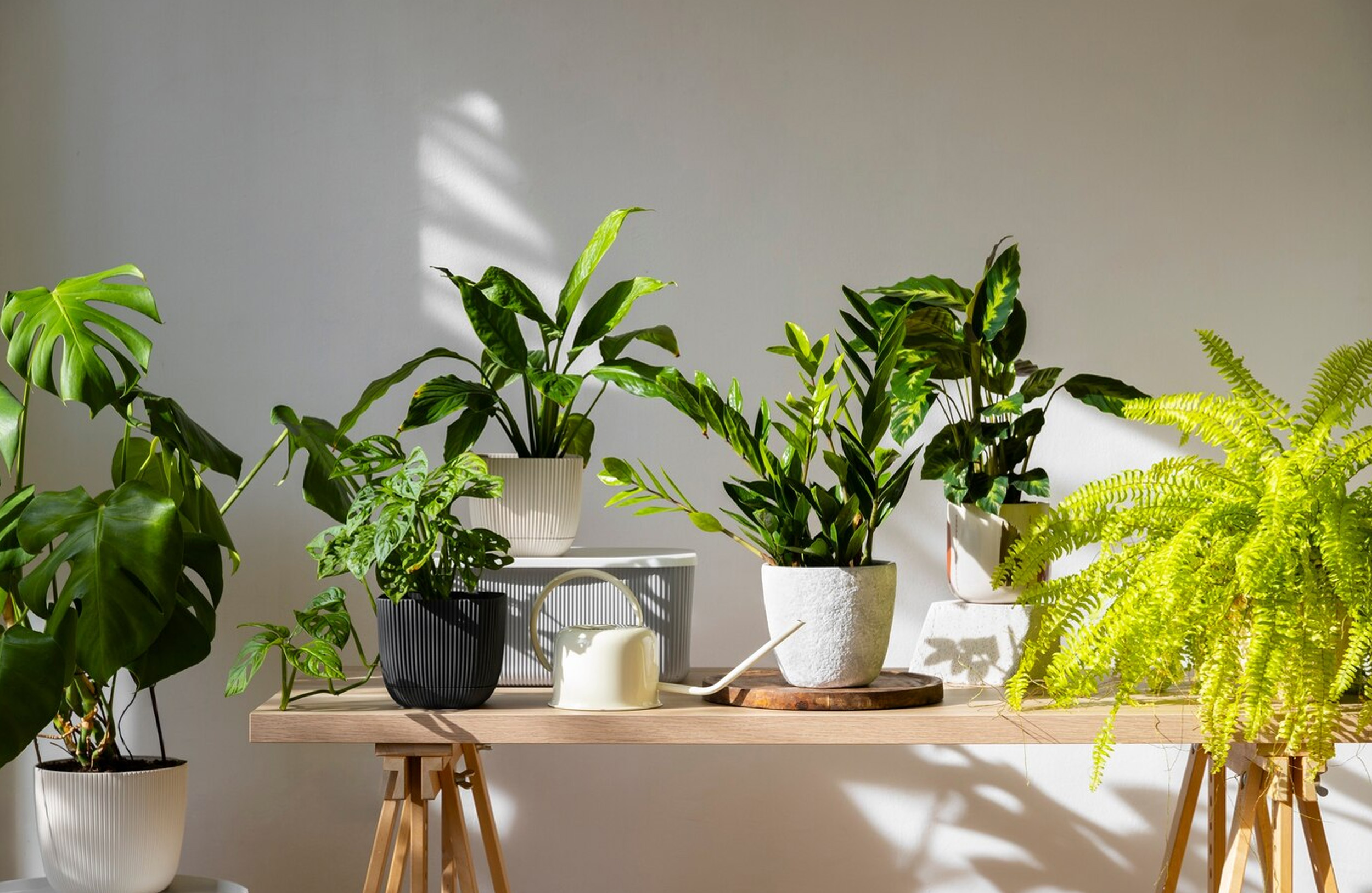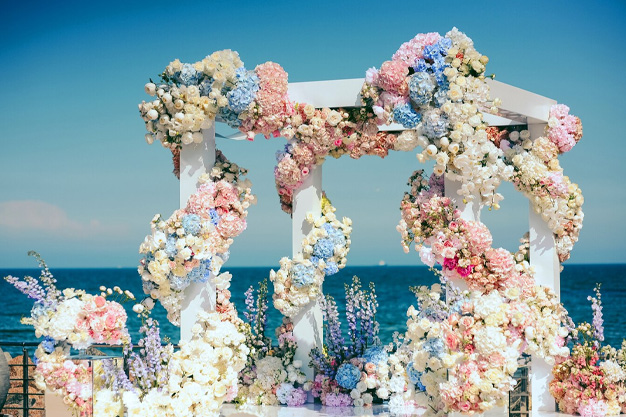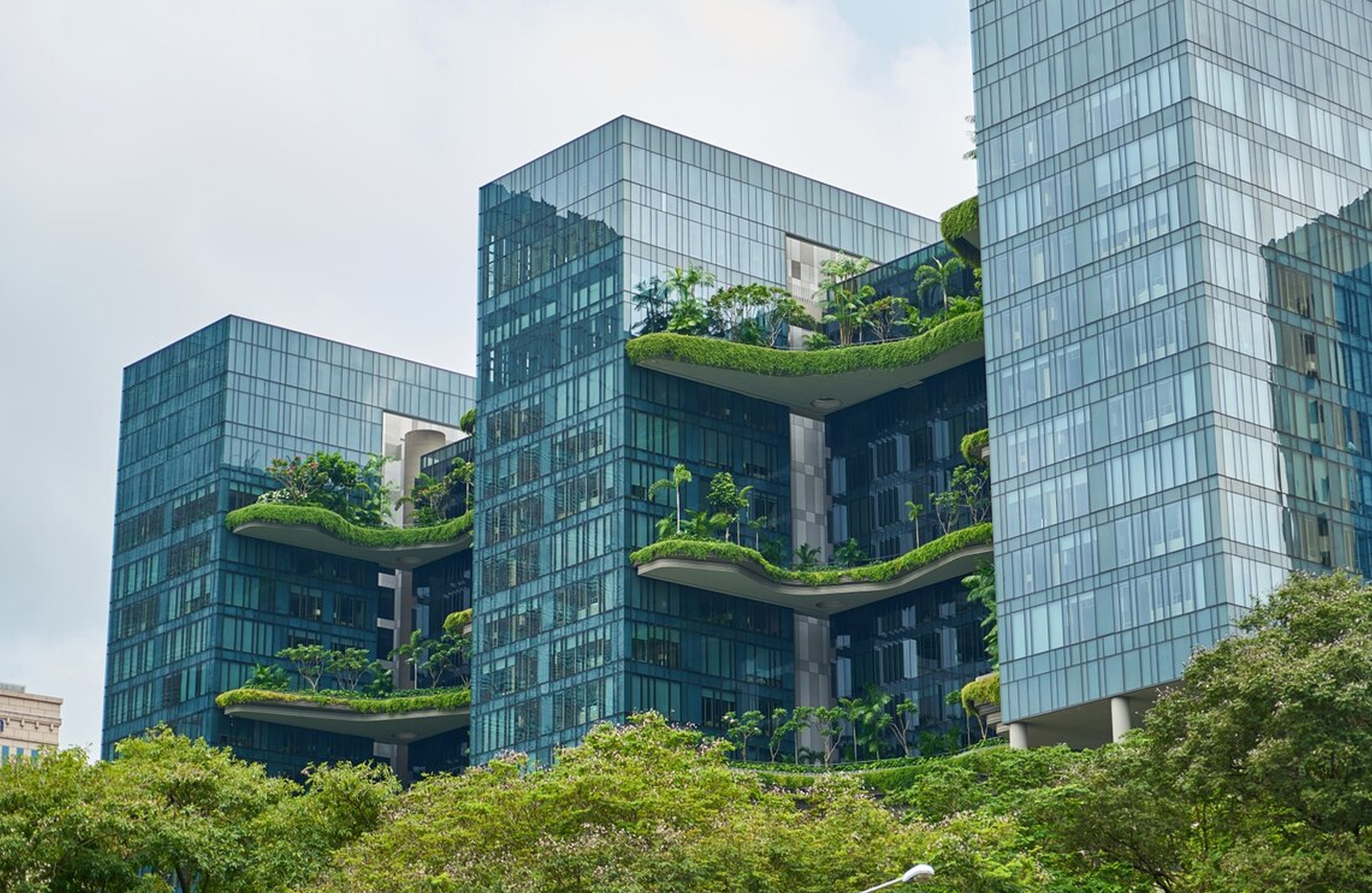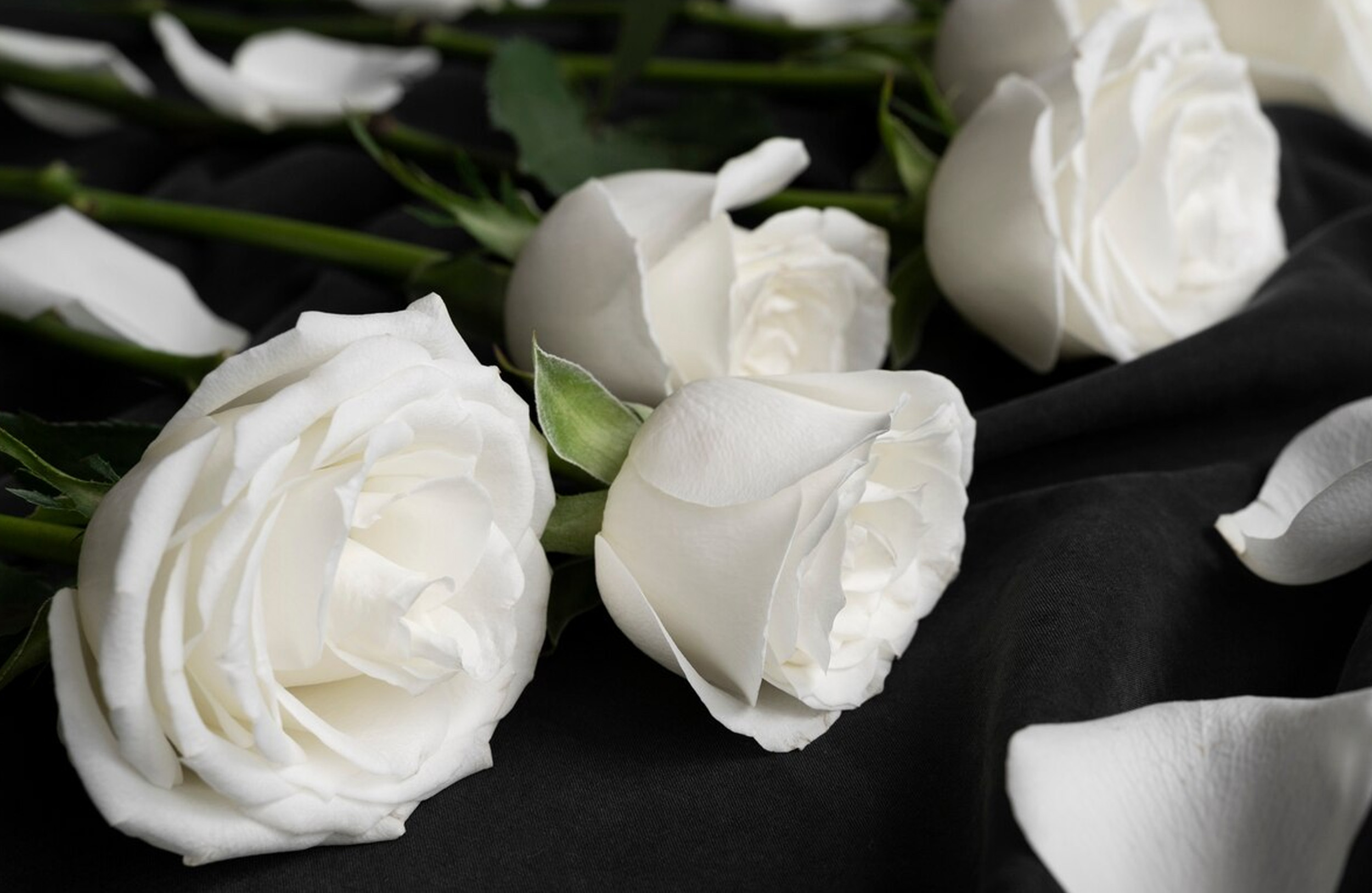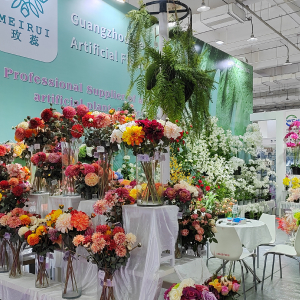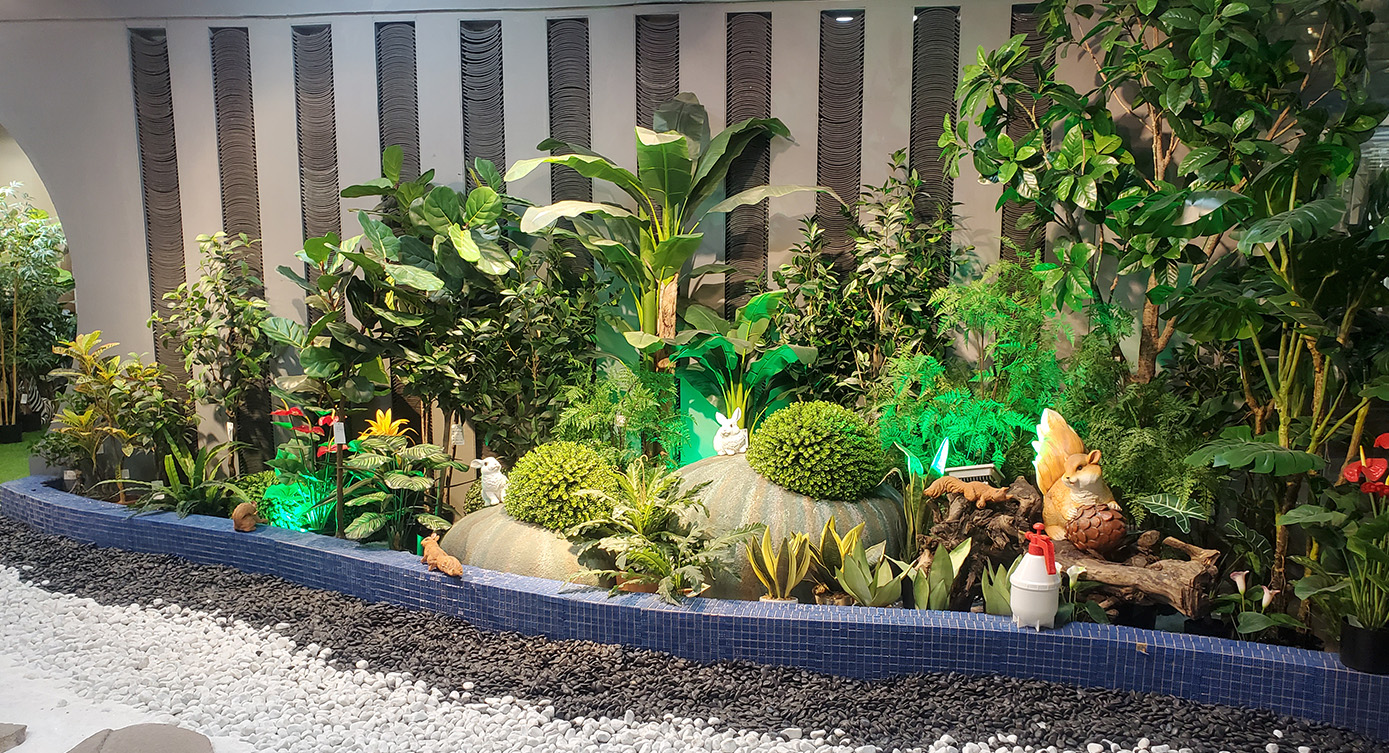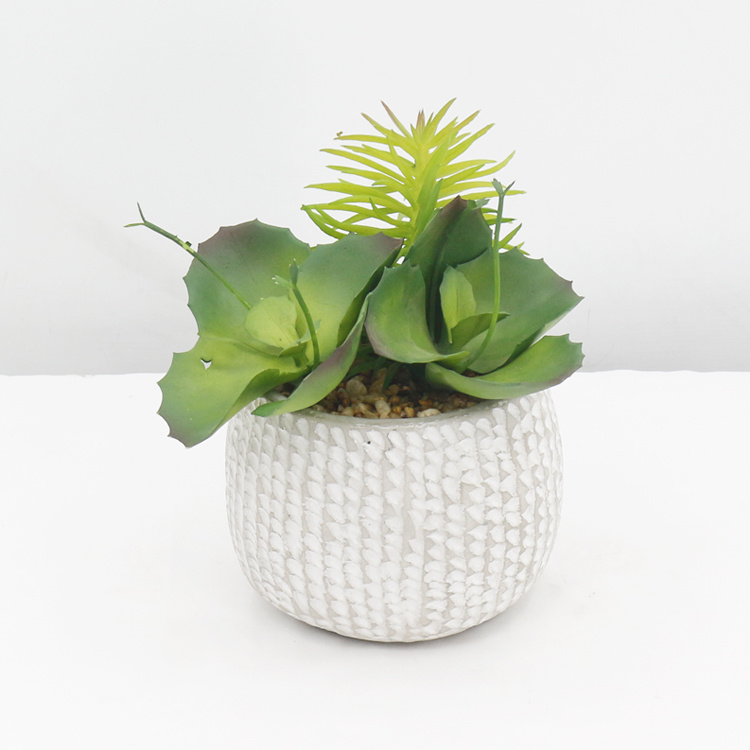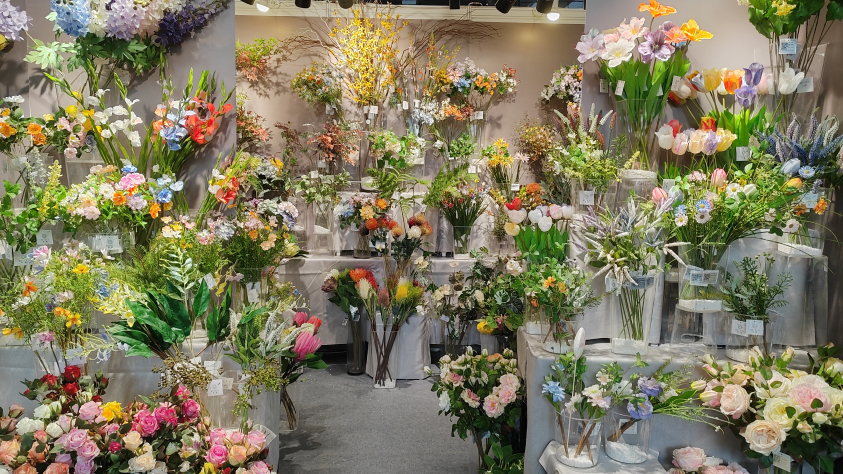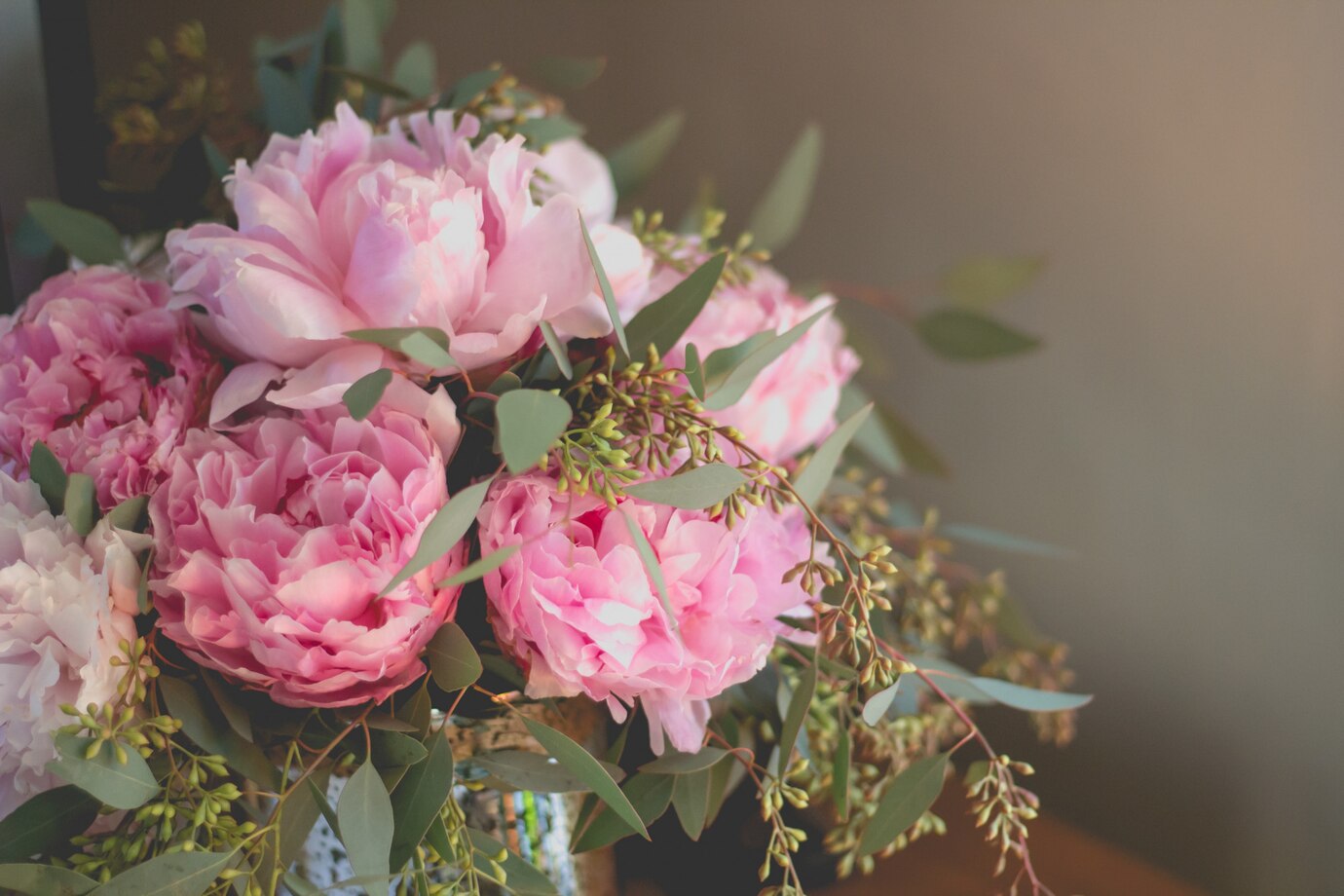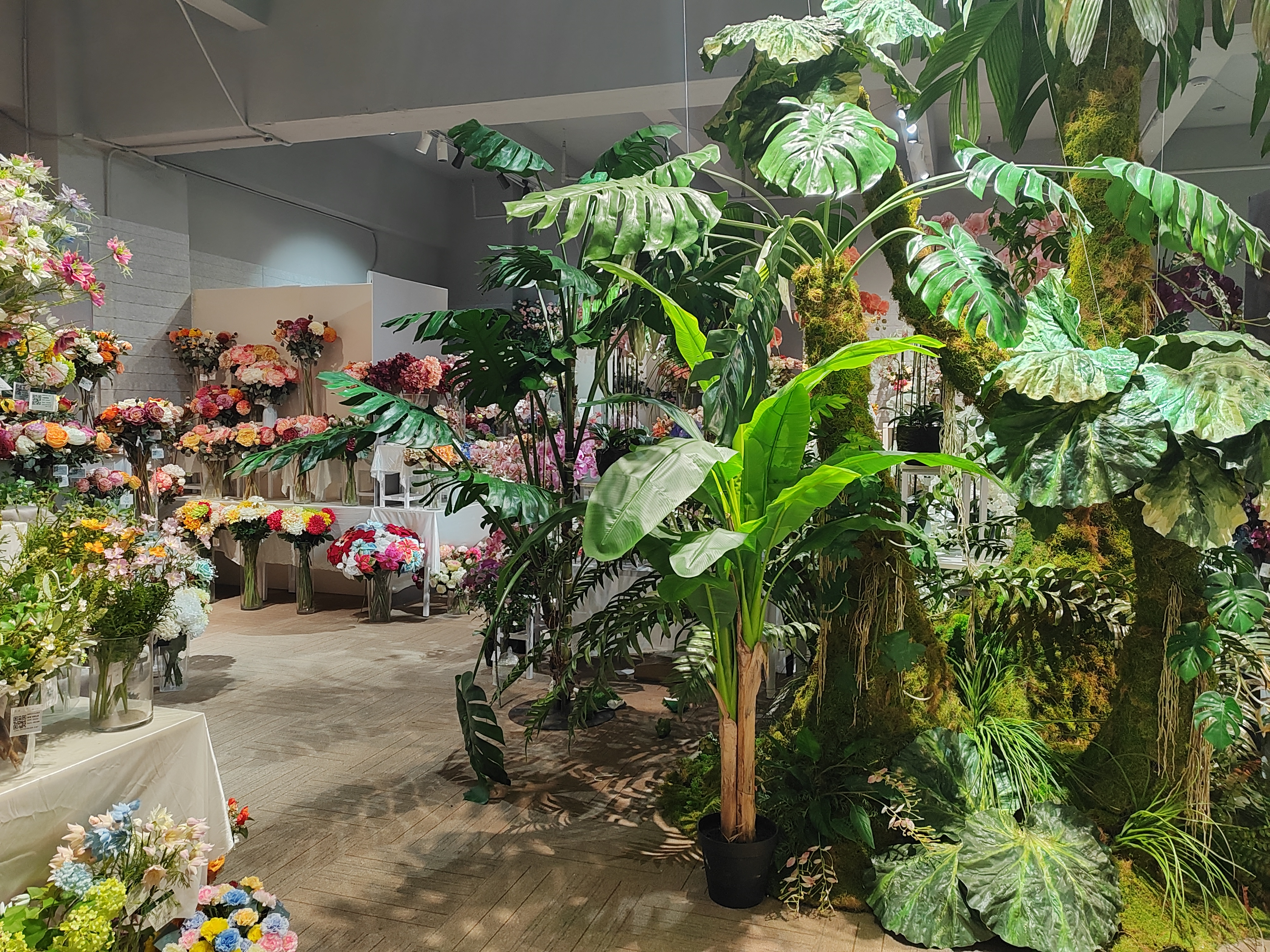

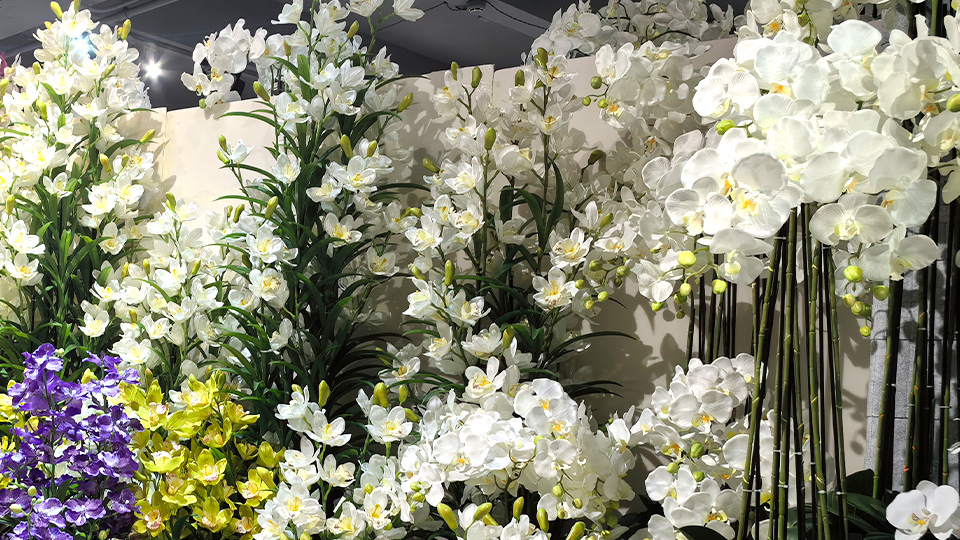
Artificial flowers have adorned homes, events, and celebrations for centuries, adding a touch of beauty and elegance to any environment. While their natural counterparts may wither and fade, artificial flowers offer everlasting charm and vibrancy. But have you ever wondered how these lifelike blooms are made? In this blog, we'll take you behind the scenes to uncover the intricate process of crafting artificial flowers, exploring the sustainable, innovative, and environmentally friendly techniques that bring these blossoms to life.
The Art of Imitation:
Crafting artificial flowers is an age-old art that combines craftsmanship, creativity, and innovation. While early artificial flowers were made from materials like silk, wax, and clay, modern manufacturing techniques have revolutionized the industry, allowing for the creation of blooms that rival the beauty and realism of their natural counterparts.
Today, artificial flowers are typically made from a variety of materials, including high-quality plastics, polymers, and textiles. These materials are chosen for their durability, flexibility, and ability to mimic the look and feel of real petals and foliage. From delicate roses and lilies to intricate orchids and peonies, artificial flowers come in a myriad of shapes, sizes, and colors to suit any taste or decor style.
Design and Development:
The process of making artificial flowers begins with the design and development phase, where designers draw inspiration from nature to create lifelike floral replicas. Using sketches, photographs, and digital renderings, designers conceptualize the shape, size, and color of each flower, paying close attention to detail to ensure authenticity.
Once the design is finalized, it is translated into a digital model using computer-aided design (CAD) software. This allows designers to manipulate the shape and structure of the flower with precision, ensuring that each petal and leaf is perfectly proportioned and positioned.
Material Selection:
The next step in the process is selecting the appropriate materials for crafting the artificial flowers. Manufacturers carefully choose materials based on their durability, flexibility, and ability to replicate the texture and appearance of natural petals and foliage.
High-quality plastics and polymers are commonly used for crafting artificial flowers due to their versatility and lifelike qualities. These materials can be molded, shaped, and colored to create blooms that are virtually indistinguishable from real flowers.
In addition to plastics and polymers, textiles such as silk, velvet, and satin are often used to add texture and dimension to artificial flowers. These materials can be dyed and manipulated to create intricate patterns and designs that enhance the beauty of the blooms.
Manufacturing Process:
Once the materials have been selected, the manufacturing process begins. This typically involves a combination of handcrafting and automated production techniques to create artificial flowers with precision and consistency.
For handcrafted flowers, skilled artisans use specialized tools and techniques to shape and assemble each petal and leaf individually. This meticulous process requires patience and attention to detail, as artisans strive to replicate the natural beauty of real flowers.
In contrast, automated production techniques such as injection molding and die-cutting allow for the mass production of artificial flowers with speed and efficiency. These techniques involve the use of molds and templates to create uniform petals and leaves, which are then assembled into finished blooms using robotic arms or assembly lines.
Coloring and Finishing:
Once the flowers have been assembled, they are carefully colored and finished to enhance their realism and aesthetic appeal. Manufacturers use a variety of techniques to achieve lifelike colors and textures, including airbrushing, hand-painting, and digital printing.
Specialized dyes and pigments are applied to the petals and leaves, layer by layer, to create depth and dimension. Additionally, techniques such as shading and highlighting are used to mimic the natural variations in color found in real flowers.
After coloring, the flowers are finished with a protective coating to seal in the color and enhance their durability. This coating also provides a subtle sheen that mimics the natural luster of flower petals, adding to the overall realism of the blooms.
Quality Control:
Throughout the manufacturing process, stringent quality control measures are in place to ensure that each artificial flower meets the highest standards of quality and craftsmanship. Inspectors carefully examine each flower for imperfections such as misshapen petals, uneven coloring, or loose seams, rejecting any flowers that do not meet the specified criteria.
Quality control is particularly important in the production of artificial flowers, as even the slightest flaw can detract from the overall beauty and realism of the blooms. By maintaining strict quality control standards, manufacturers can guarantee that each artificial flower meets or exceeds customer expectations.
Sustainability and Environmental Impact:
In recent years, there has been a growing emphasis on sustainability and environmental responsibility in the manufacturing industry, including the production of artificial flowers. Manufacturers are increasingly adopting eco-friendly materials and production techniques to minimize the environmental impact of artificial flower production.
Recycled plastics, biodegradable polymers, and natural fibers are being used to create artificial flowers that are not only beautiful but also environmentally friendly. Additionally, energy-efficient production processes and waste reduction initiatives are helping to reduce the carbon footprint of artificial flower manufacturing.
Conclusion:
The art of crafting artificial flowers is a testament to human ingenuity and creativity. From the design and development phase to the manufacturing process and beyond, each step in the production of artificial flowers is guided by a commitment to excellence and innovation.
By harnessing the latest technologies and materials, manufacturers are able to create artificial flowers that rival the beauty and realism of their natural counterparts. With their sustainability, durability, and lifelike qualities, artificial flowers continue to enchant consumers around the world, bringing everlasting beauty to homes, events, and celebrations.
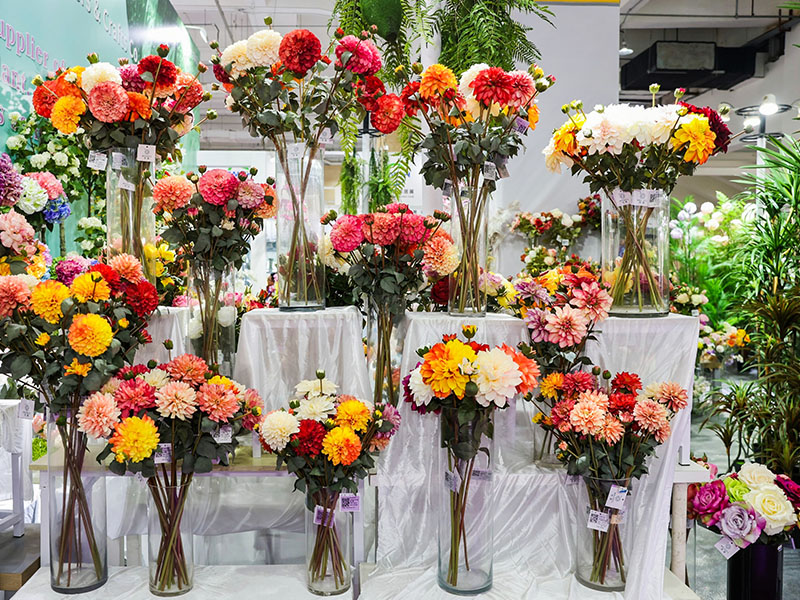
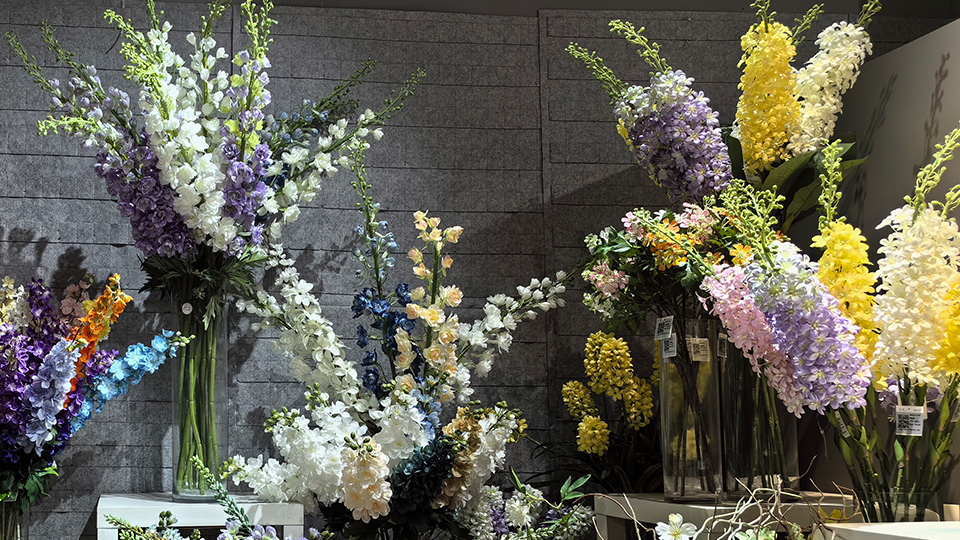

important to us
